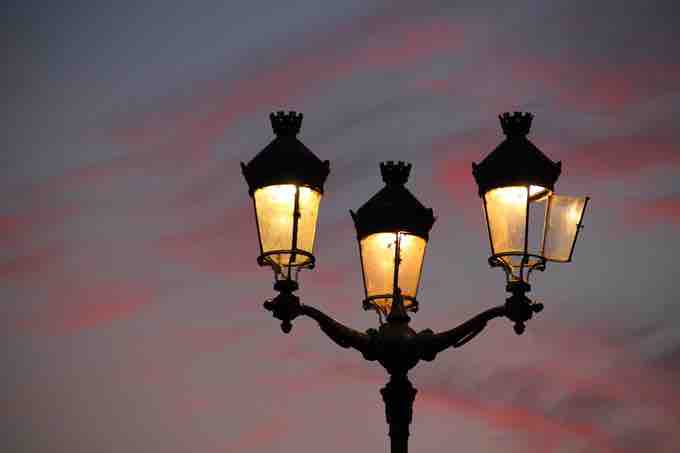A public good is a good that is both non-excludable and non-rivalrous. This means that individuals cannot be effectively excluded from its use, and use by one individual does not reduce its availability to others. Examples of public goods include fresh air, knowledge, lighthouses, national defense, flood control systems, and street lighting .

Streetlight
A streetlight is an example of a public good. It is non-excludable and non-rival in consumption.
Public goods can be pure or impure. Pure public goods are those that are perfectly non-rivalrous in consumption and non-excludable. Impure public goods are those that satisfy the two conditions to some extent, but not fully.
The production of public goods results in positive externalities for which producers don't receive full payment. Consumers can take advantage of public goods without paying for them. This is called the "free-rider problem. " If too many consumers decide to "free-ride," private costs to producers will exceed private benefits, and the incentive to provide the good or service through the market will disappear. The market will thus fail to provide enough of the good or service for which there is a need.
For example, a local public radio station relies on support from listeners to operate. The station holds pledge drives several times a year, asking listeners to make contributions or face possible reduction in programming. Yet only a small percentage of the audience makes contributions. Some audience members may even listen to the station for years without ever making a payment. Those listeners who do not make a contribution are "free-riders. " If the station relies solely on funds contributed by listeners, it would under-produce programming. It must obtain additional funding from other sources (such as the government) in order to continue to operate.